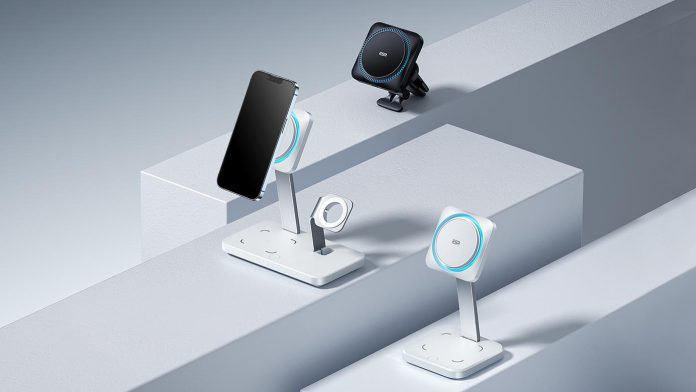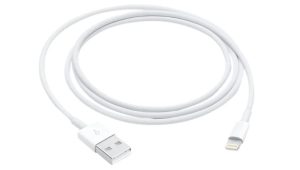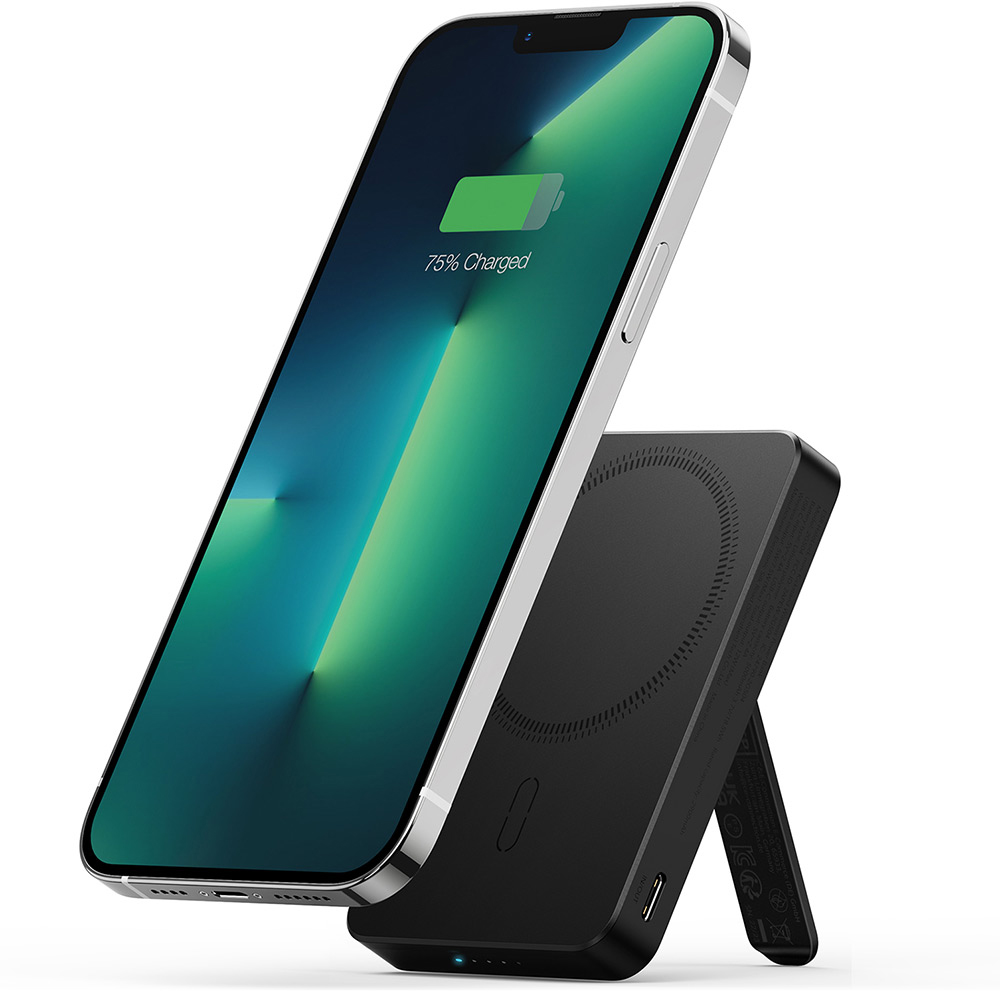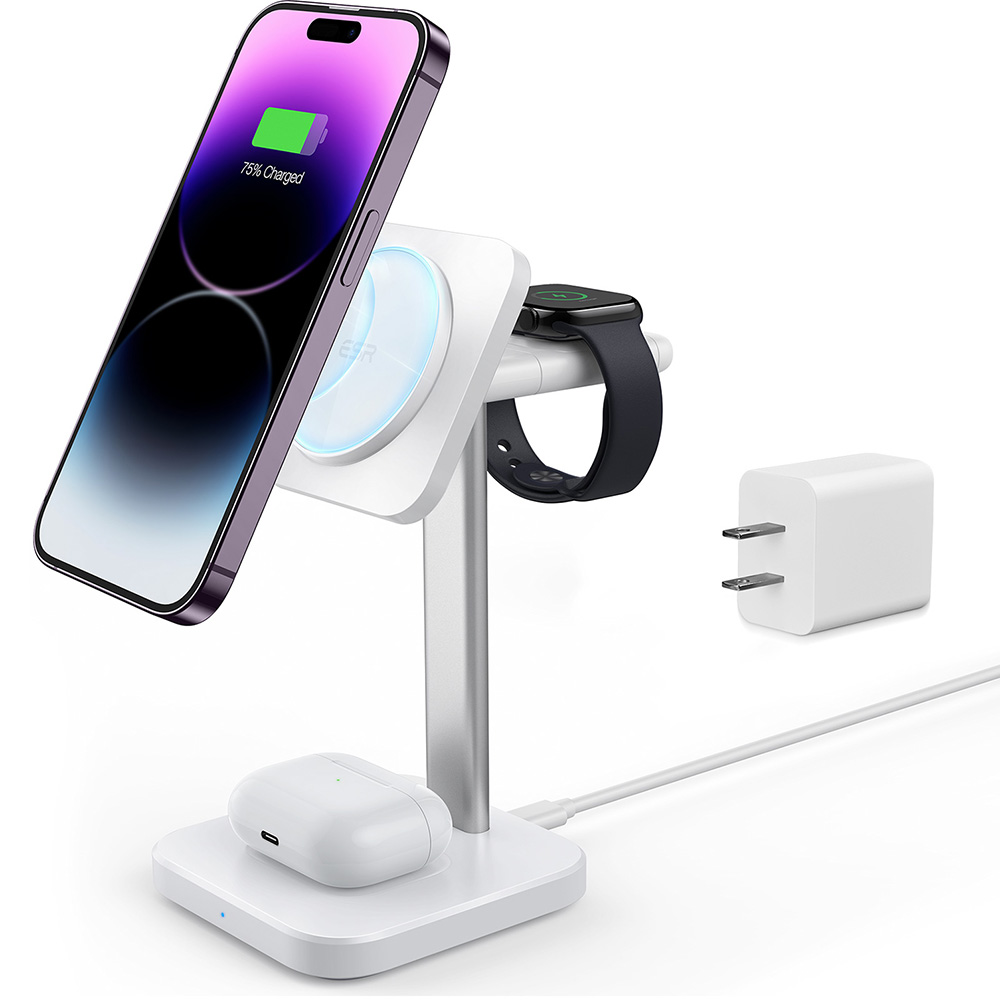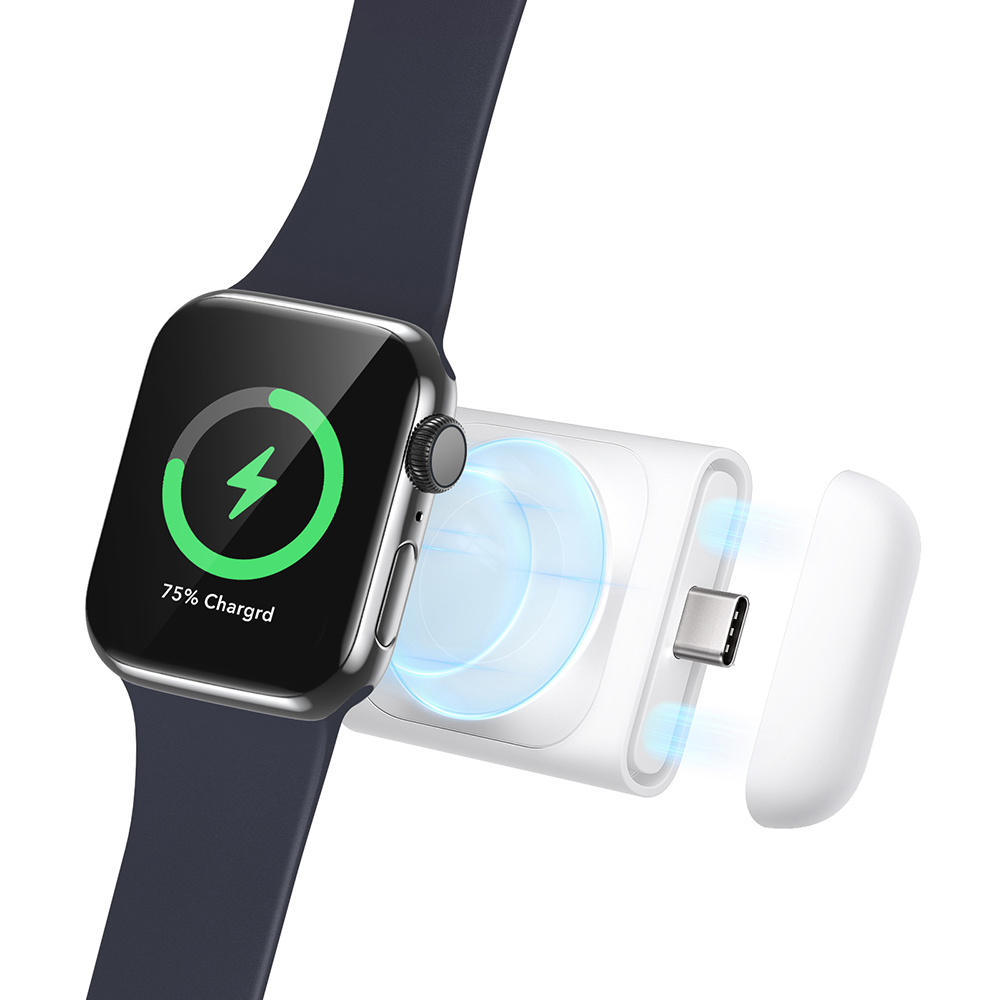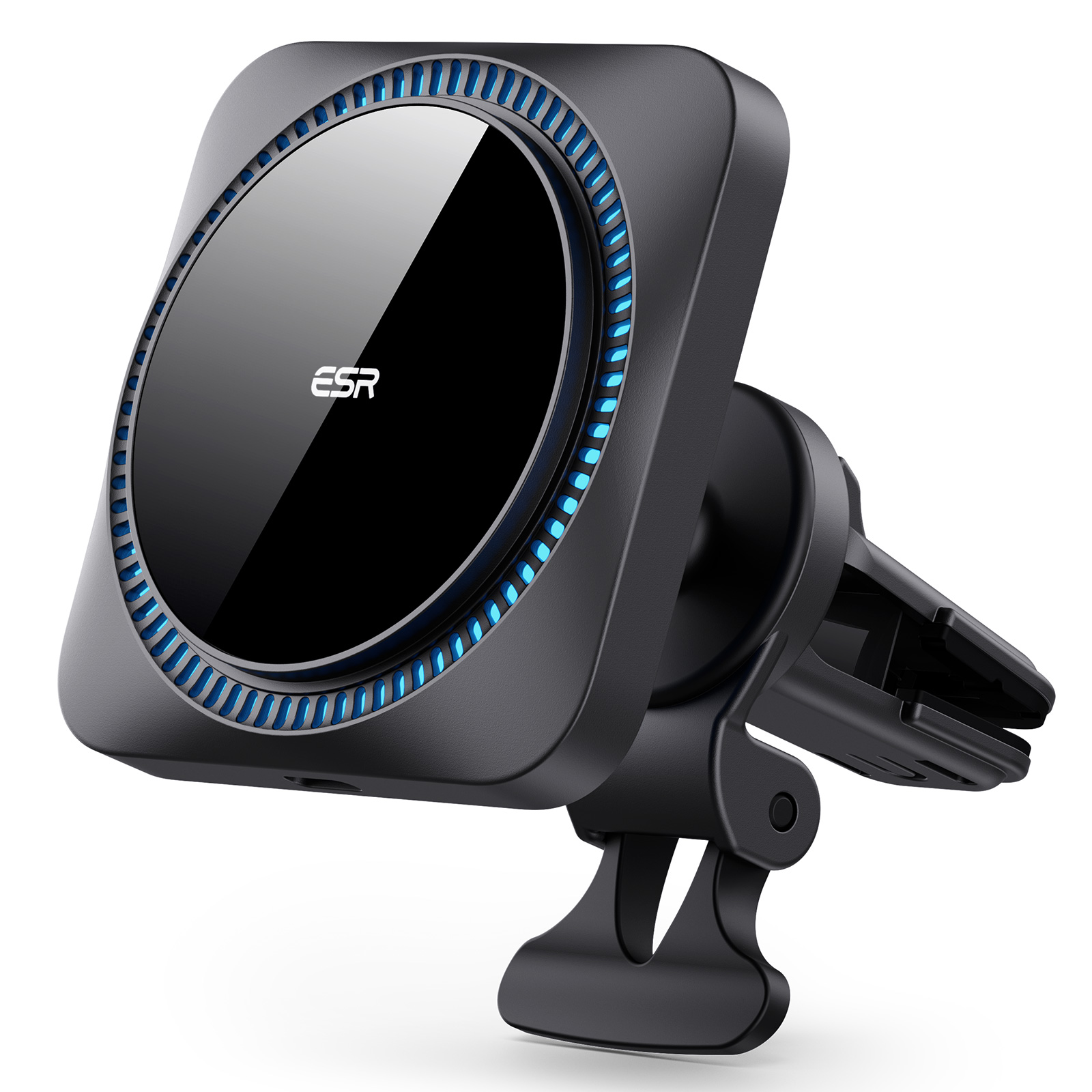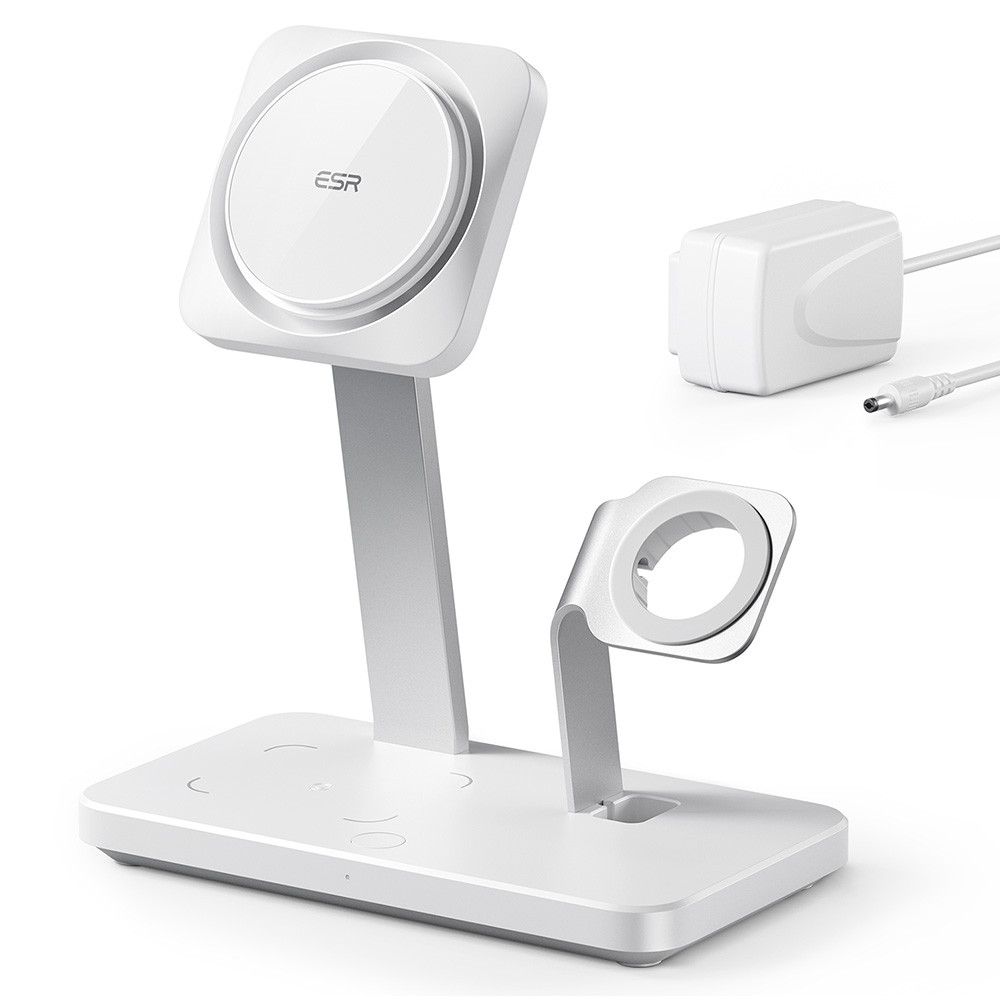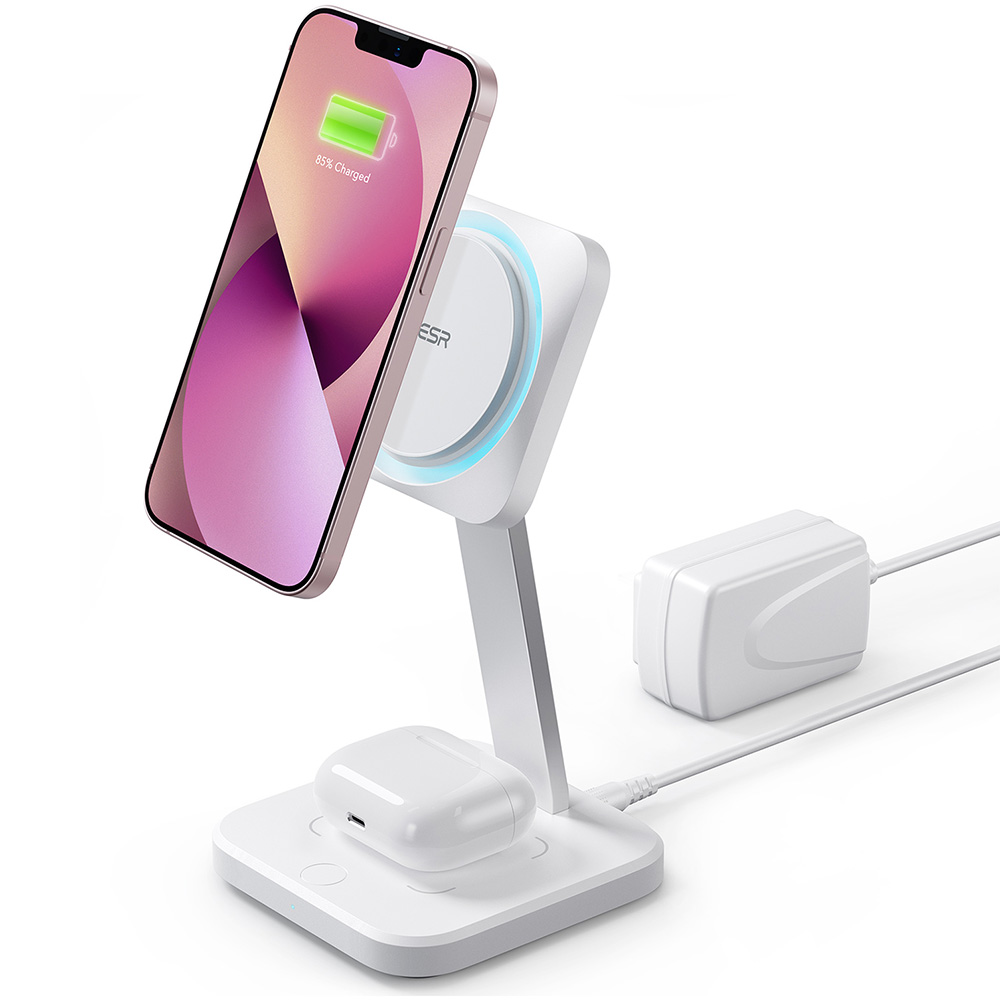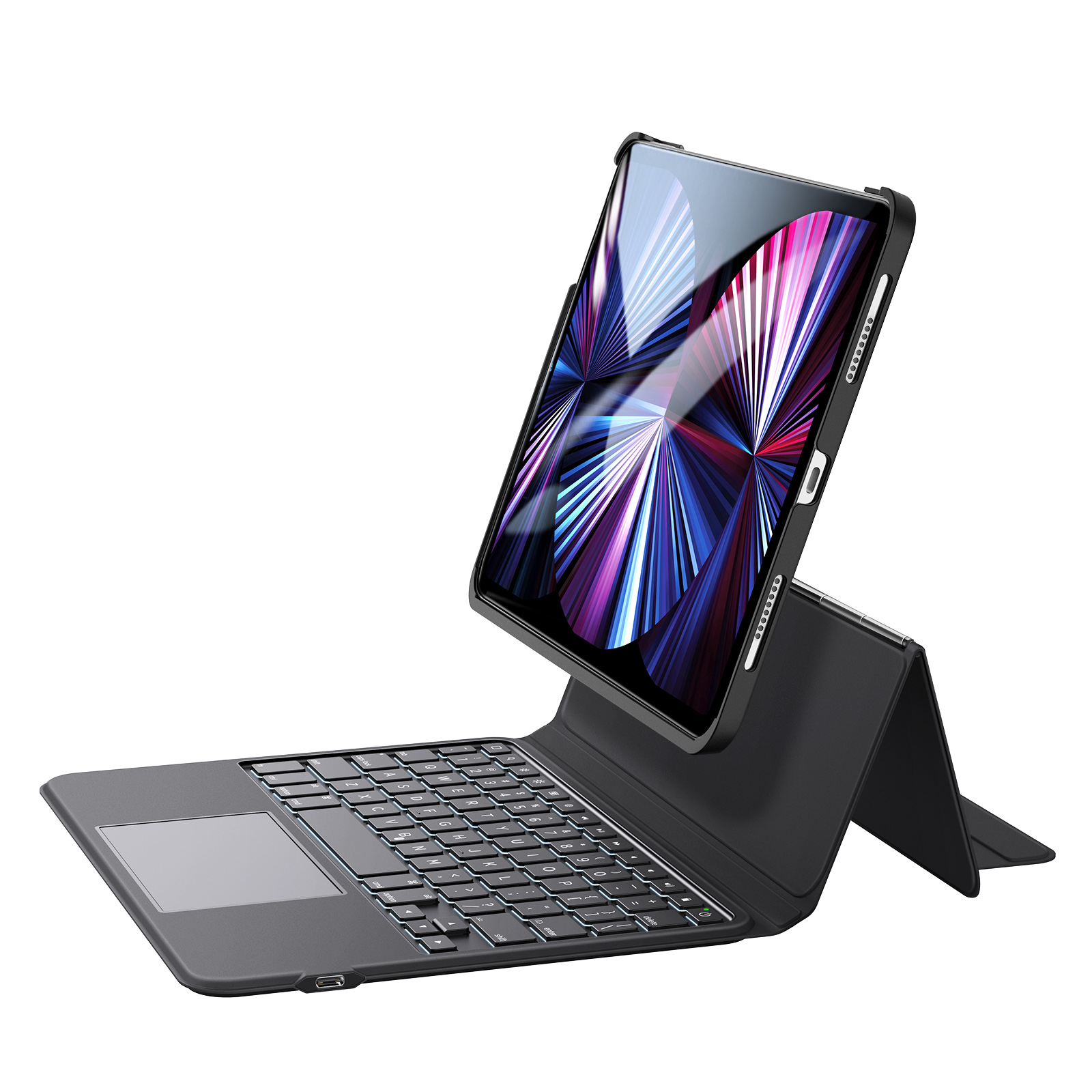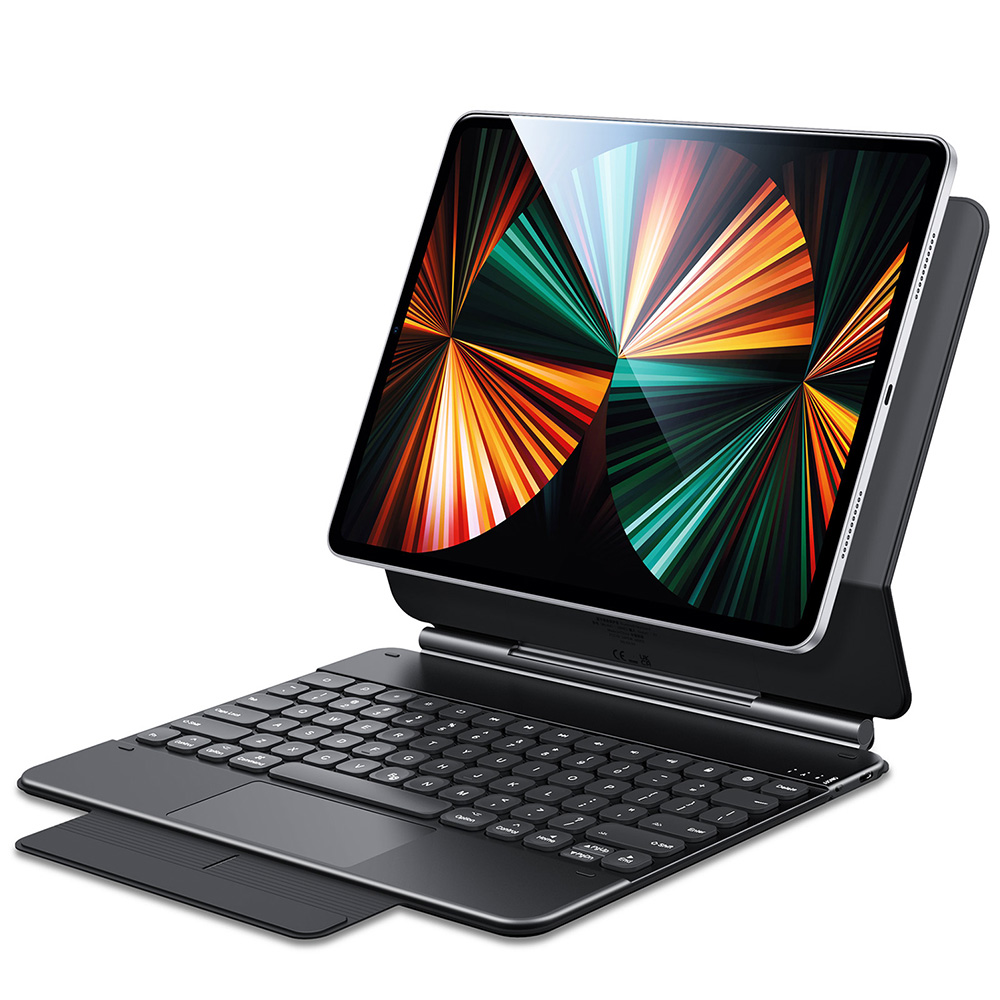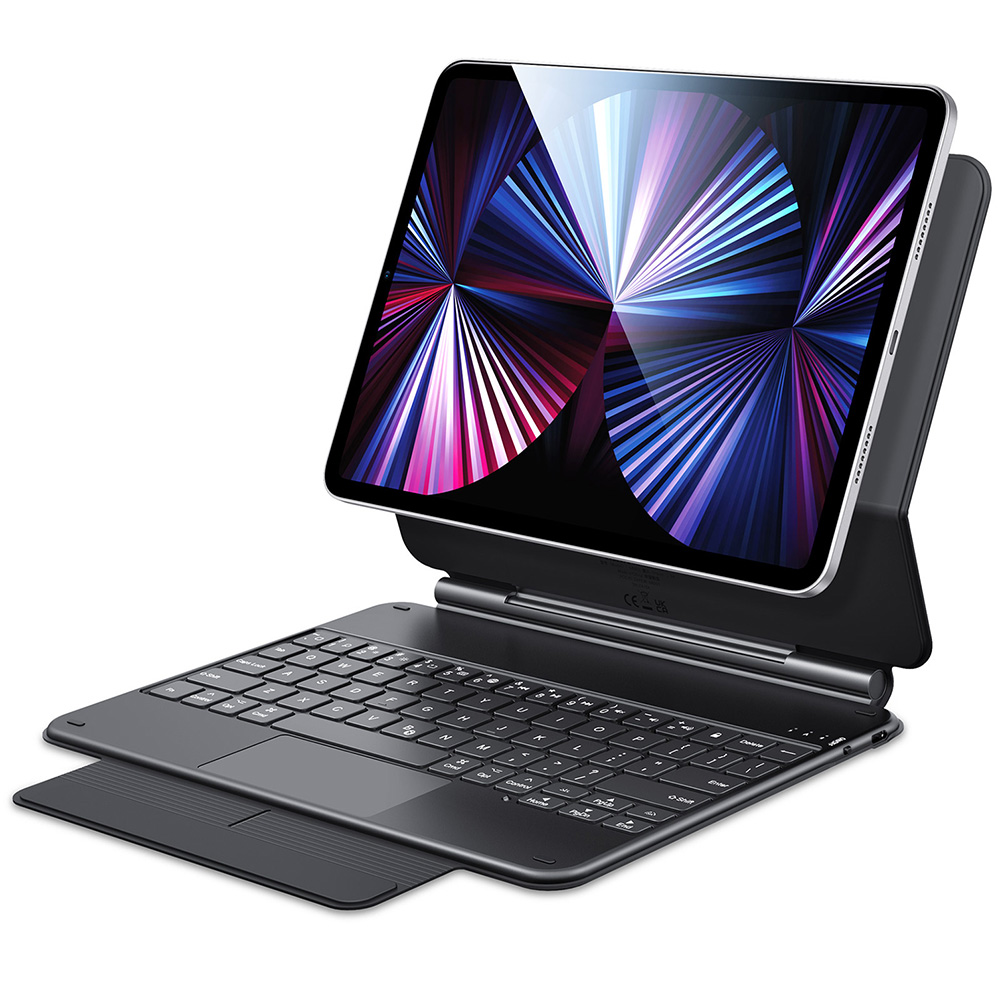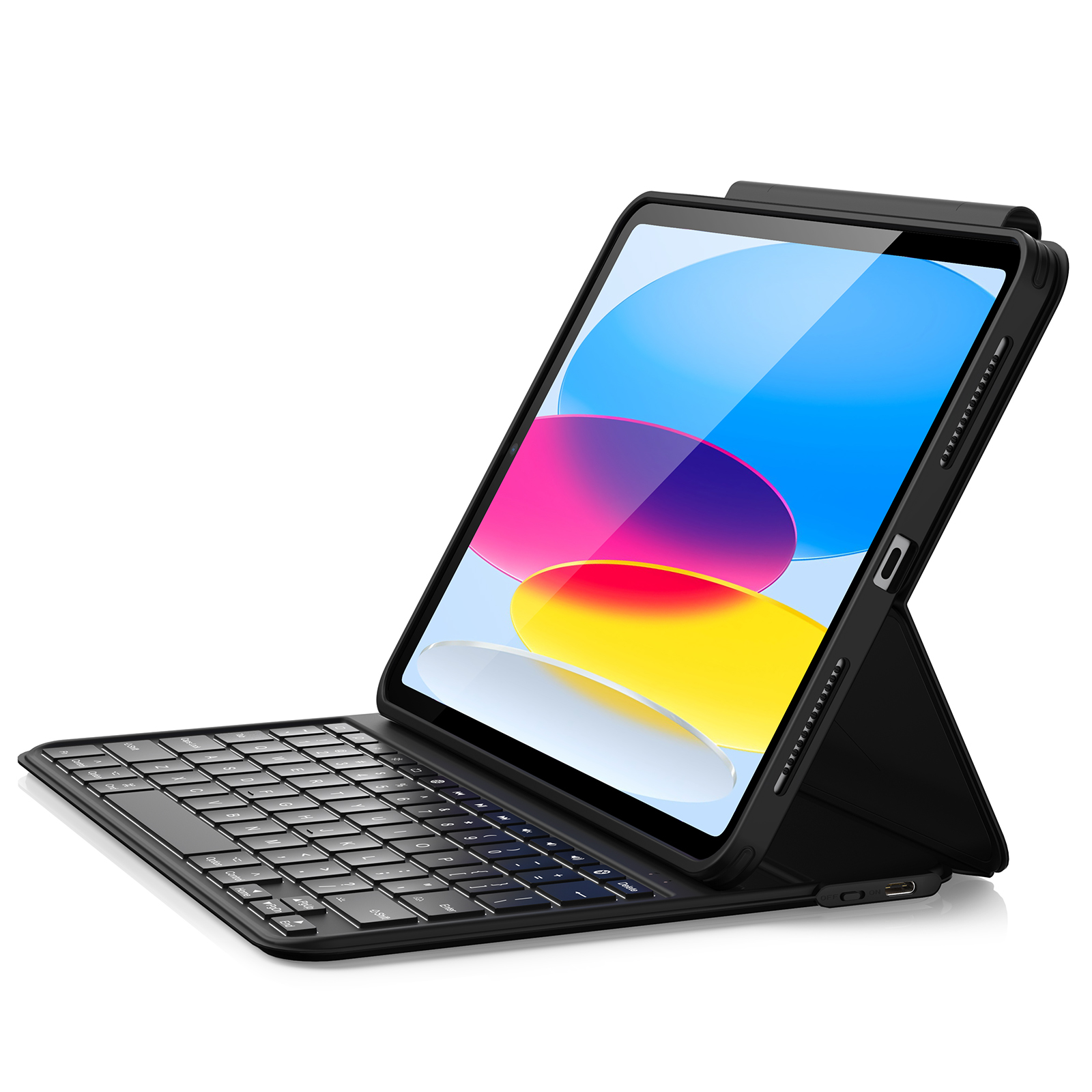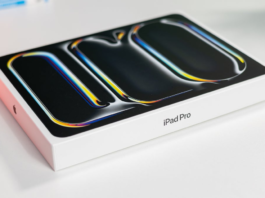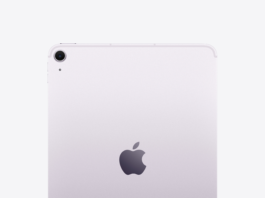Introduction
As technology continues to advance, consumers are faced with the challenge of choosing between various charging methods for their devices. One such debate revolves around whether it is better to charge using MagSafe or Lightning. In this article, we will delve into the features and benefits of both technologies, compare them, and provide guidance on which charging method is best for different situations.
MagSafe Charging Technology
Overview
MagSafe is a wireless charging technology introduced by Apple in 2020 for its iPhone 12 series. It features a magnetic alignment system that ensures a perfect connection between the charging pad and the device, allowing for efficient power transfer.
Benefits
- Easy alignment: The magnetic design of MagSafe ensures that your device is correctly aligned for optimal charging.
- Less wear and tear: Since there are no physical connectors, there is a reduced risk of damaging the charging port.
- Aesthetic appeal: MagSafe chargers come in a sleek, minimalist design that adds to the overall aesthetics of your desk or workspace.
Limitations
- Slower charging speed: MagSafe charging speed is lower compared to Lightning charging, especially if using third-party chargers.
- Higher cost: MagSafe chargers tend to be more expensive than Lightning cables.
Lightning Charging Technology
Overview
Lightning is a proprietary charging and data transfer technology introduced by Apple in 2012 for its devices, including iPhones, iPads, and iPods. It replaced the older 30-pin connector and has been the standard charging solution for Apple devices until the introduction of MagSafe.
Benefits
- Faster charging speed: Lightning charging typically offers faster charging speeds compared to MagSafe.
- Data transfer: In addition to charging, Lightning cables can be used for data transfer and syncing with your computer.
- Compatibility: Lightning is compatible with a wider range of Apple devices compared to MagSafe.
Limitations
- Physical connectors: Lightning cables require a physical connection, which may cause wear and tear on the charging port over time.
- Less convenient: Unlike MagSafe, Lightning cables do not offer the convenience of wireless charging.
Comparing MagSafe and Lightning
Charging Speed
In terms of charging speed, Lightning has the edge over MagSafe. While MagSafe supports up to 15W wireless charging for iPhones, its actual charging speed may be slower, particularly if you’re using third-party chargers. On the other hand, Lightning chargers typically offer faster and more consistent charging speeds.
Convenience
MagSafe provides a more convenient charging experience due to its wireless nature and magnetic alignment system. This makes it easy to attach and detach your device without worrying about cable management. In contrast, Lightning requires a physical connection and can be less convenient to use.
Compatibility
Lightning has broader compatibility, as it works with various Apple devices, including older iPhones, iPads, and iPods. MagSafe is currently limited to the iPhone 12 series and newer models.
Situations favoring MagSafe
Wireless Charging
If you prefer a clutter-free desk and appreciate the convenience of wireless charging, MagSafe may be the better option for you. It allows for easy attachment and detachment of your device without the need for cables.
Desk Setup
MagSafe chargers are sleek and minimalist, making them an aesthetically pleasing addition to your workspace. They can also help maintain a tidy and organized desk by reducing cable clutter.
Related article:
Maximizing Your Apple Device Charging Efficiency with 3-in-1 MagSafe Chargers
The 5 Best MagSafe Car Charger from ESR
Situations favoring Lightning
Portable Charging
Lightning cables are more portable and easier to carry around compared to MagSafe chargers. If you’re frequently on the go and need a charging solution that can easily fit in your bag or pocket, Lightning might be the better choice.
Data Transfer
For users who require data transfer and syncing capabilities, Lightning cables offer an advantage over MagSafe, as they can be used for both charging and data transfer.
Safety Concerns
MagSafe Safety
MagSafe chargers are generally safe, as they use magnets to ensure a secure connection and prevent overheating. However, it’s important to use Apple-approved chargers to ensure optimal safety and performance.
Lightning Safety
Like MagSafe, Lightning chargers are safe when used with genuine Apple accessories. It’s crucial to avoid counterfeit or low-quality cables, as they may pose a risk to your device or battery.
Longevity and Battery Health
MagSafe Impact
As a wireless charging solution, MagSafe may generate more heat than wired charging options like Lightning. Excessive heat can impact battery health over time, but using Apple-approved chargers can help mitigate this risk.
Lightning Impact
Lightning charging generates less heat compared to MagSafe, making it a more suitable option for preserving battery health in the long run.
Cost Considerations
MagSafe Costs
MagSafe chargers tend to be more expensive than Lightning cables, making them a pricier option for consumers. However, the convenience and aesthetic appeal may justify the higher cost for some users.
Lightning Costs
Lightning cables are generally more affordable than MagSafe chargers, making them an attractive option for those on a budget or those who require multiple charging cables for different devices.
Making the Right Choice
Personal Preferences
Ultimately, the choice between MagSafe and Lightning comes down to personal preference. Consider factors such as convenience, charging speed, and compatibility when making your decision.
Device Compatibility
Ensure that the charging solution you choose is compatible with your specific device. For instance, if you own an iPhone 11 or older, MagSafe charging is not an option.
What is a MagSafe Case?
Conclusion
Both MagSafe and Lightning have their advantages and disadvantages. MagSafe offers the convenience of wireless charging and a sleek design, while Lightning provides faster charging speeds and broader compatibility. Your choice should be based on your personal preferences, charging needs, and device compatibility.
You May Also Like to Read:
Is it worth getting a MagSafe Charger?
What’s the Difference between Wireless Charging and MagSafe?
FAQs
No, MagSafe is only compatible with the iPhone 12 series and newer models.
While some third-party chargers may be safe, it’s always best to use Apple-approved chargers to ensure optimal safety and performance.
Currently, MagSafe is not compatible with iPads. You will need to use a Lightning or USB-C cable, depending on your iPad model.
Yes, MagSafe can charge through most cases, but it’s important to use MagSafe-compatible cases to ensure proper alignment and efficient charging.
To preserve battery health, use Apple-approved chargers and avoid exposing your device to extreme temperatures. Additionally, consider enabling the optimized battery charging feature on your device to prolong battery lifespan.

